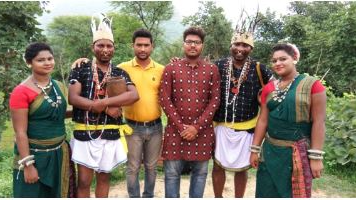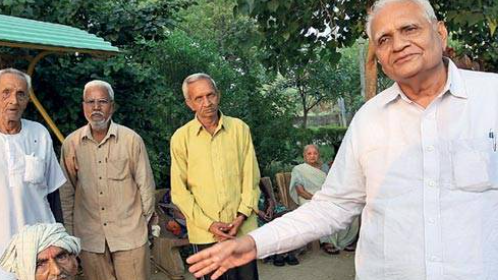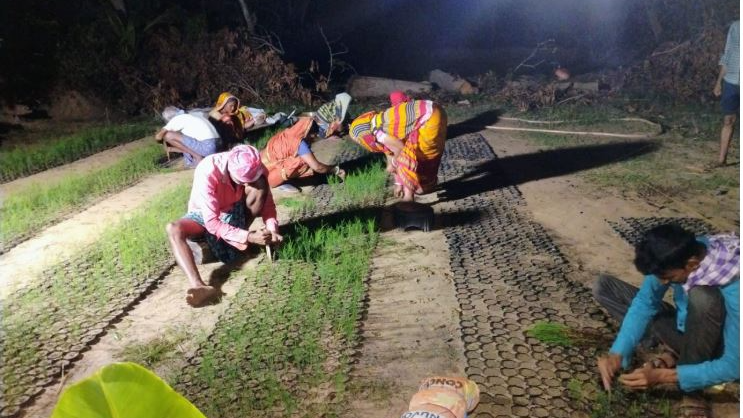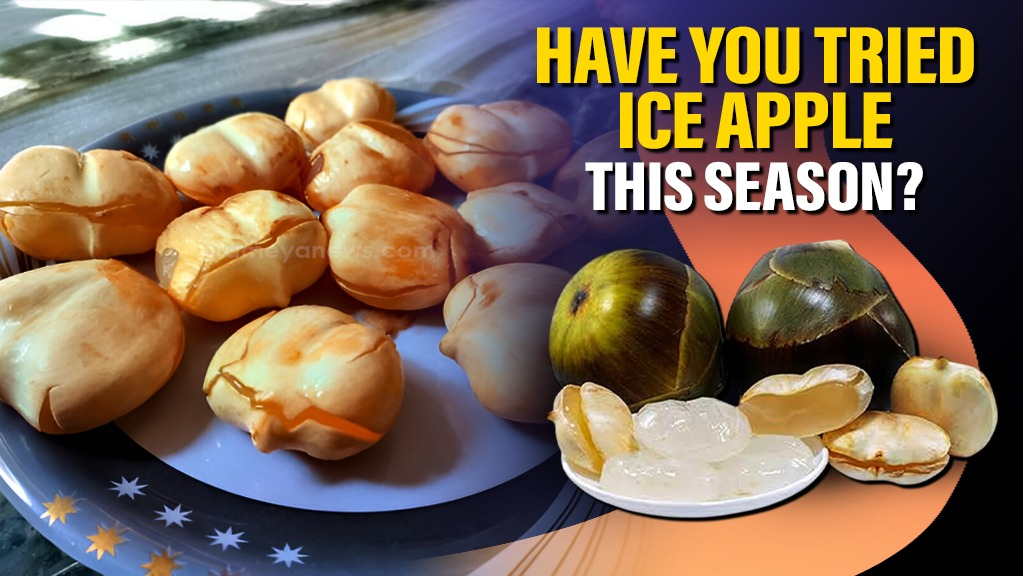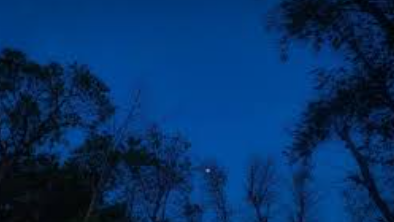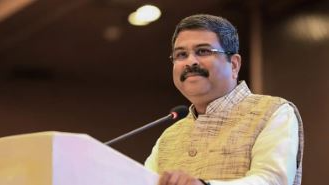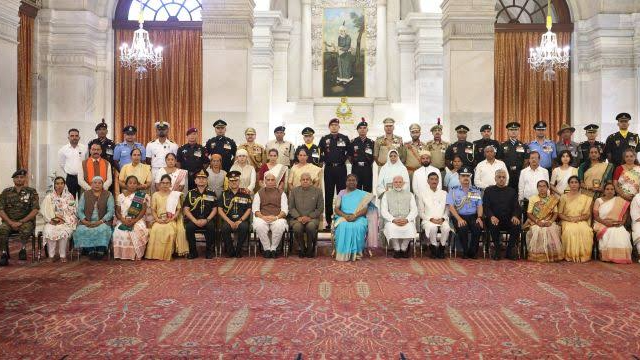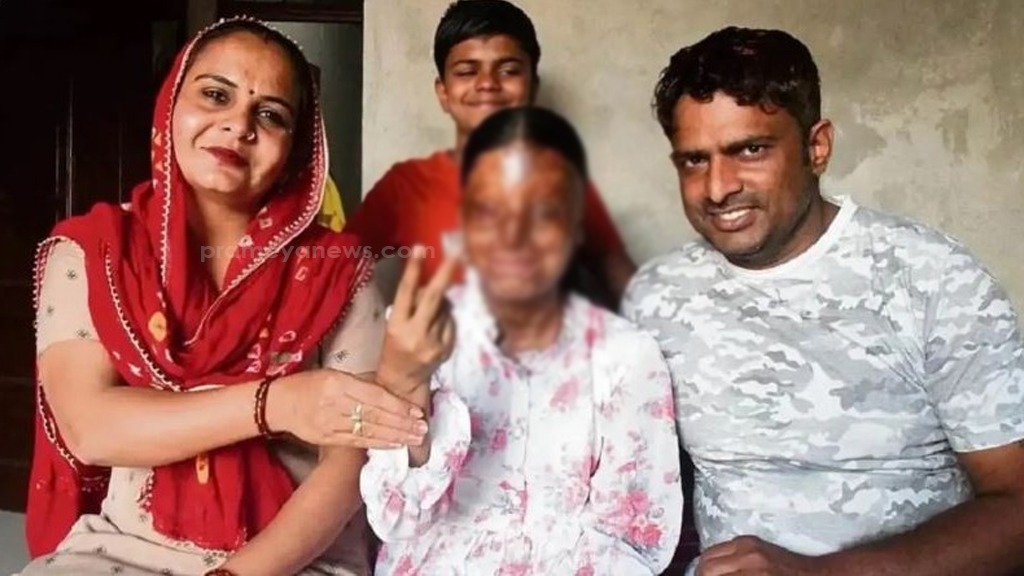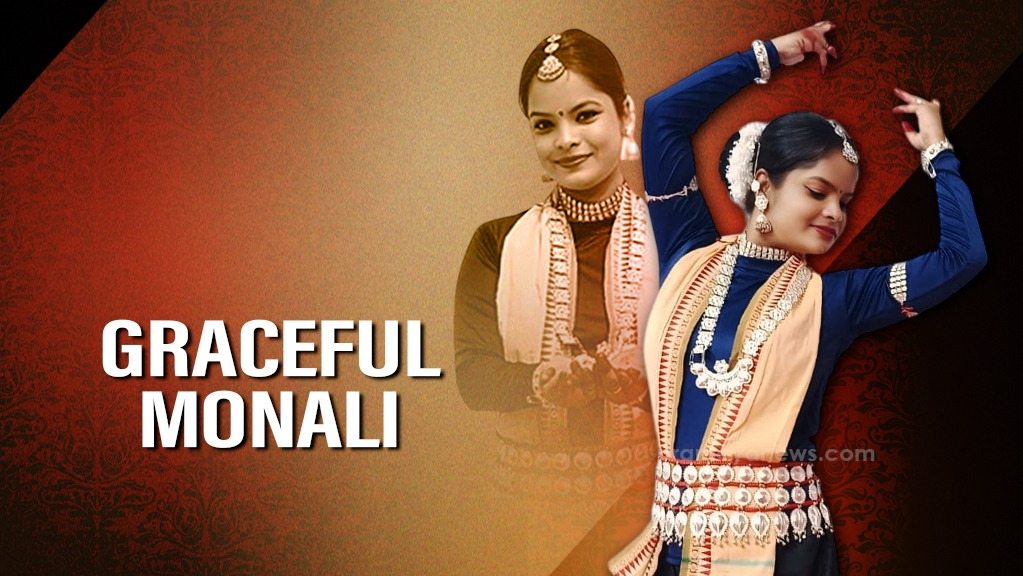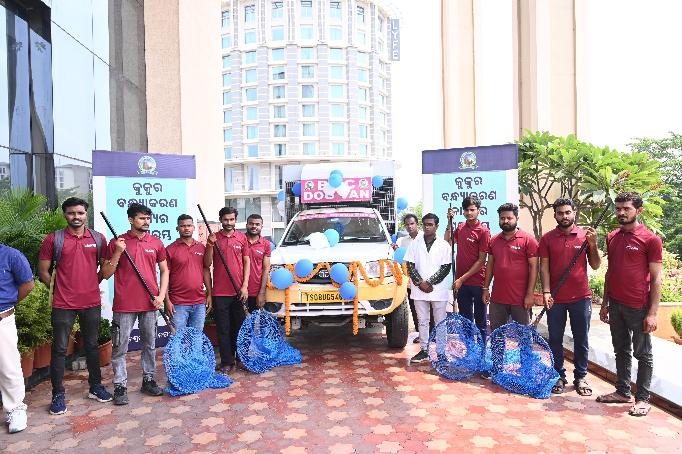Bhubaneswar, Aug 14: The rich folk culture of Odisha, once vibrant with rituals and traditional art forms, has gradually faded over the decades. Particularly in regions like Kalahandi, where the "Ghumura" drum—a powerful instrument that once lifted the spirits of soldiers—was central to both battle and religious ceremonies, the decline has been stark.
Determined to revive and preserve these dying traditions, Rajat Kumar Panigrahi, a 30-year-old zoology lecturer from Nuapada district, has taken on the task of documenting Odisha's unique folk practices. Growing up surrounded by the cultural richness of his village in Rajkomna, Panigrahi was deeply influenced by local festivals like "Bael Jatra" and "Chhatar Jatra," where traditional dances and music were performed.
Since 2017, Panigrahi has dedicated his weekends to traveling across Odisha, often with his cousin and friend, armed with a Sony handycam to record and popularize these art forms through his YouTube channel, "Matir Kala" (Art of the Soil). Despite facing financial challenges and skepticism from his peers, Panigrahi has managed to document over 50 folk arts and interviews, covering more than 50,000 kilometers across 1,000 villages.
His efforts have also highlighted the struggles of folk artists who, due to a lack of commercial opportunities, have abandoned their crafts or resorted to using plastic instruments. Panigrahi continues to invest his own money into supporting these artists and aims to establish a museum dedicated to traditional instruments and tribal jewelry. Despite the challenges, his mission remains clear: to keep Odisha's folk culture alive for future generations.








